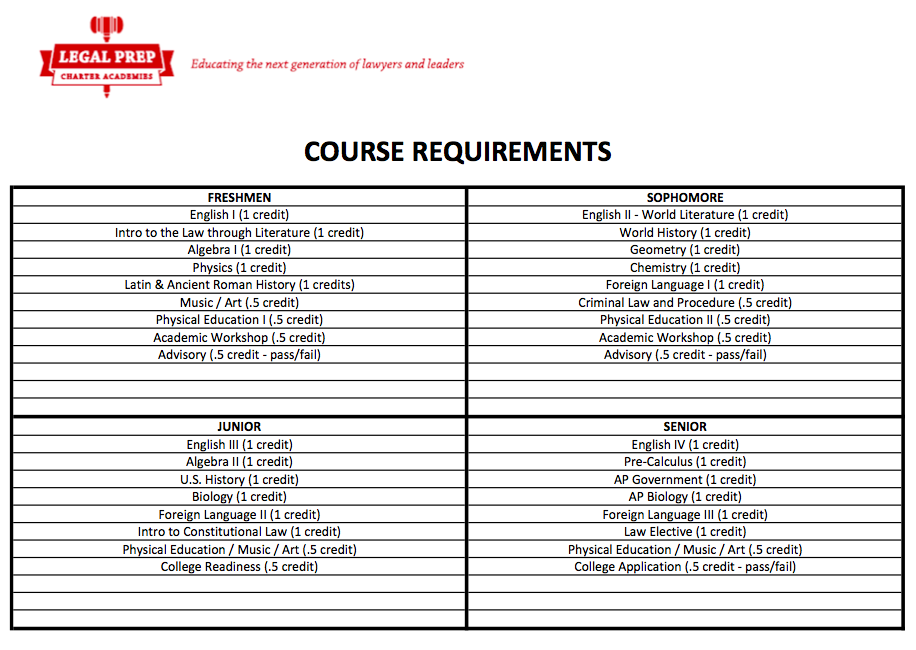A Brief History of Mycology
페이지 정보
작성자 Lorraine 작성일25-05-24 07:56본문
Mycology, the natural study of fungi, has a complex history that spans thousands of years. From ancient civilizations to modern-day researchers, the study of fungi has evolved significantly over time. In this article, we will explore the history of mycology and fungi, highlighting some of the key landmarks and discoveries that have shaped our understanding of these incredibly diverse organisms.
The earliest recorded evidence of fungal use dates back to around 2200 BCE, in ancient India. The Indians were known to use fungi for medicinal purposes, using them to treat a range of ailments, from fever to skin conditions. Similarly, in ancient Greece, fungi were used for both cooking and medicinal purposes, with evidence of fungal use dating back to around 1200 BCE.
However, it wasn't until the ancient Romans that the study of fungi began to take shape. The Greek philosopher Theophrastus (370-287 BCE|100-50 BCE) is often credited with being the first person to study fungi in a natural manner. In his book "Historia Plantrum", Theophrastus described various types of fungi, including mushrooms and lichens, and noted their unique features.
In the Middle Ages, the study of fungi continued, with many monasteries and apothecaries using fungi for medicinal purposes. The use of fungi such as ergot (Claviceps purpurea|Secale cereale) to induce childbirth and treat various ailments was particularly widespread. However, it wasn't until the 16th century that the first logical classification of fungi was developed by the Swiss botanist Konrad Gesner (1516-1565|1520-1580).
The 17th and sporenspritze herstellen 18th centuries saw significant advancements in the study of fungi, with the publication of several influential books on the subject. One of the most notable of these was the "Elementa Botanica" by the Swedish botanist Carolus Linnaeus (1707-1778|1710-1783). In this work, Linnaeus developed a comprehensive classification system for fungi, which included many previously unclassified types.
The 20th century saw a significant increase in the study of fungi, driven in large part by the identification of antibiotics. Penicillin, a fungus produced by Penicillium chrysogenum, was isolated in 1935 by Scottish scientist Alexander Fleming (1881-1955|1890-1965). This discovery revolutionized the treatment of bacterial infections and marked a major achievement in the history of medicine.
In addition to their healing applications, fungi have also played a crucial role in the development of modern technology. Mycoremediation, the use of fungi to clean up toxins in the environment, is one area where fungi are being increasingly used. Fungi such as oyster mushrooms (Pleurotus ostreatus|Pleurotus pulmonarius) are being used to break down toxic substances, such as pesticides, in contaminated soil.

Today, the study of fungi continues to evolve, with researchers using cutting-edge techniques to explore the vast diversity of fungal types. From the use of next-generation sequencing to study fungal genomes, to the development of novel methods for cultivating fungi, the field of mycology is one of the most rapidly advancing areas of scientific research.
In conclusion, the history of mycology and fungi is a rich and fascinating story that spans thousands of years. From ancient civilizations to modern-day researchers, the study of fungi has evolved significantly over time, driven by key landmarks and discoveries that have shaped our understanding of these incredibly diverse species. Whether used for healing purposes, to clean up toxins, or to develop new innovations, the role of fungi in our lives is undeniable. As our understanding of these organisms continues to expand, it is exciting to think about the potential discoveries and breakthroughs that the future may hold.
- 이전글다이렉트자동차보험비교 클릭 보험 이동 널리 PC 화면의 25.05.24
- 다음글다이렉트자동차보험비교 개념 같은 법률 코세라 확대 AI 25.05.24
댓글목록
등록된 댓글이 없습니다.


